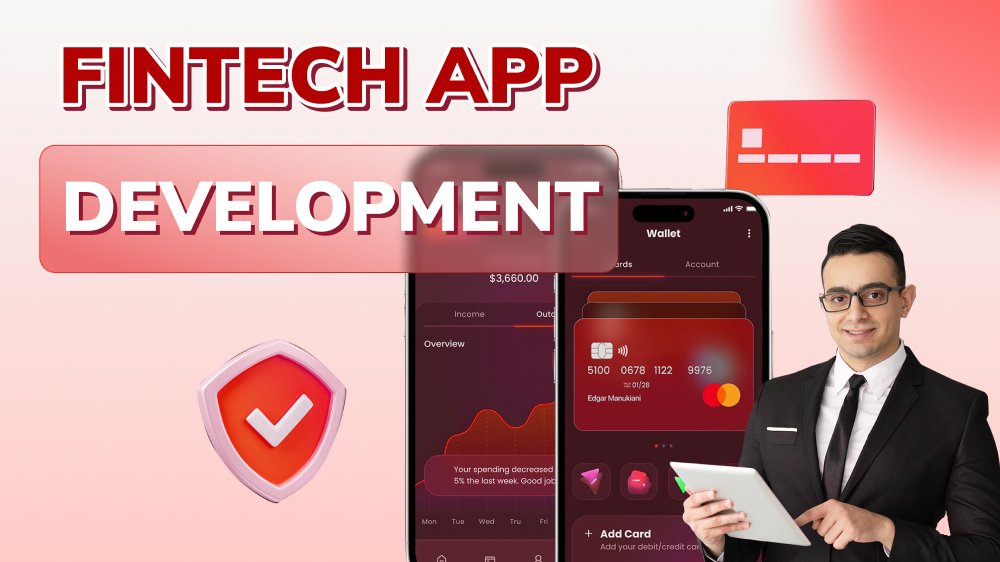Why mobile-first?

Content Map
More chaptersWhat is mobile-first and why is it such a buzz word in the recent years? Let’s find out.
Why design and develop mobile-first?
Take a moment to think about how you’re reading this text. Are you using a desktop computer at the calm of your home, a mobile device like laptop or tablet in a noisy café or a smartphone on a bouncing bus? The experience might be quite different. Because of the different platforms, all of these devices ask for a different design of a website or an application.
The figures speak

The global usage of mobiles is growing fast, as is the percentage of smartphone users amongst them. According to bankmycell, there are 5.13 billion mobile users, including 2.71 billion smartphone users, globally. More amazingly, there are 8.97 billion mobile connections world wide - that is exceeding the current world population by over 1.2 billion! That shows how important it is for businesses to make sure that all their services and products are available on mobile.
Our strategy

When it comes to designing software it is natural for us to go mobile-first. Orient Software develops web applications for both public and internal enterprise use, directed to both large and restricted audiences. The final product has to work effortlessly in both mobile and desktop environments.
What does it mean?
But what exactly does mobile-first mean in development and design? Why do we need it in the first place? Think of web design for mobile users and web design for desktop users. Quite different, right? It’s not just the technical limitations and vertical screens (though, by their own right, they already require a specific approach) but also the context.
Compared with desktop user, the mobile user is more likely in a hurry, in a noisier environment – maybe having trouble to see the screen in direct sunlight – doing many things at the same time and looking for a quicker, clearer access to information. The design has to respond to and overcome these constraints from the start. That is why we work first on the hardest platform. Mobile-first is the way to design software from the grassroots upwards. From less computing power, smaller screen and poor Internet connection to big screen with lots of muscle and reliable, fast connection.
Graceful degradation vs progressive enhancement
Back when smartphones weren’t such a big hit, web design was embracing the graceful degradation ideology – meaning that websites were first built for the latest, most capable browsers and then “scaled down” to match the capacity of older versions. However, this made the mobile version often – not always, but often – seem like an afterthought to the top-notch desktop experience.
Designing mobile-first is the exact opposite of graceful degradation. In Orient Software we’ve adopted the progressive enhancement perspective. That means the product will be as attractive as it can already on mobile devices, but each step that gives us more “playground” will add to the whole. Progressive enhancement brings forth the content most efficiently – and content is why we browse the web and use applications.
Developer’s perspective

In development, we want to save time and money while working efficiently. One possibility to design multi-platform applications and websites is to develop separate versions for every one of them: one for smartphone, one for desktop etc. However, we get a better result – a smoothly running app, for example – with half the effort by gearing the app first to the mobile platform and then gradually enhancing it to satisfy the desktop users. For developers and testers, it’s much easier to add features to a website to support the core content than to strip a lavish design down to its bare essentials. By designing mobile-first, we offer the best experience for each customer, no matter what the device.







